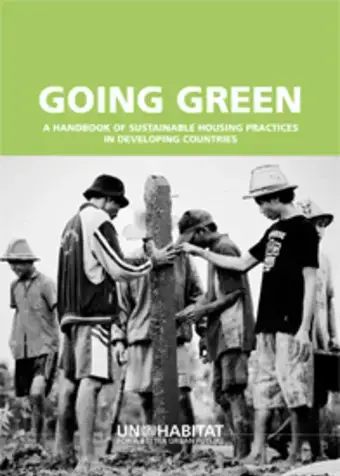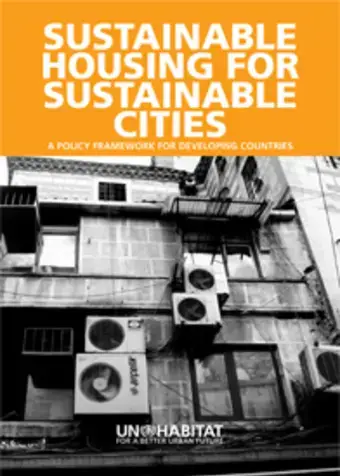 Bamboo has long been used as a traditional building material, and is achieving increasing popularity due to its potential for environmental sustainability. As a construction material, bamboo has similar properties as timber and often uses analogous techniques of structural framing, though the suitability of bamboo for construction is largely dependent on the species.
Bamboo has long been used as a traditional building material, and is achieving increasing popularity due to its potential for environmental sustainability. As a construction material, bamboo has similar properties as timber and often uses analogous techniques of structural framing, though the suitability of bamboo for construction is largely dependent on the species.
Green Building Materials Fact Sheet: Concrete
 Concrete is the most used man-made material in the world with twice as much concrete used in construction than wood, steel, plastic and aluminum combined. Although concrete has acquired a negative image due to environmental impacts that occur at various stages of its production, sustainable use of concrete is possible by using alternative stablizers and construction techniques and restricting usage to certain building parts.
Concrete is the most used man-made material in the world with twice as much concrete used in construction than wood, steel, plastic and aluminum combined. Although concrete has acquired a negative image due to environmental impacts that occur at various stages of its production, sustainable use of concrete is possible by using alternative stablizers and construction techniques and restricting usage to certain building parts.
Green Building Materials Fact Sheet: Earth
 Adobe and rammed earth constructions house approximately one fifth of the world’s population. As a building material, earth is natural, recyclable, generally abundant and requires little energy to extract and prepare for use in construc- tion. Earthen structures can be erected quickly, are inexpensive, and have natural resistance to fire and insects.
Adobe and rammed earth constructions house approximately one fifth of the world’s population. As a building material, earth is natural, recyclable, generally abundant and requires little energy to extract and prepare for use in construc- tion. Earthen structures can be erected quickly, are inexpensive, and have natural resistance to fire and insects.
Green Building Materials Fact Sheet: Timber
 Of the conventional building materials, sustainably harvested timber has the potential to be the most environmentally friendly since it typically has the lowest emissions of greenhouse gases of any conventional building material. Since it is amongst the most commonly used materials for residential construction, responsible and sustainable timber can have a substantial impact on sustainable housing.
Of the conventional building materials, sustainably harvested timber has the potential to be the most environmentally friendly since it typically has the lowest emissions of greenhouse gases of any conventional building material. Since it is amongst the most commonly used materials for residential construction, responsible and sustainable timber can have a substantial impact on sustainable housing.

